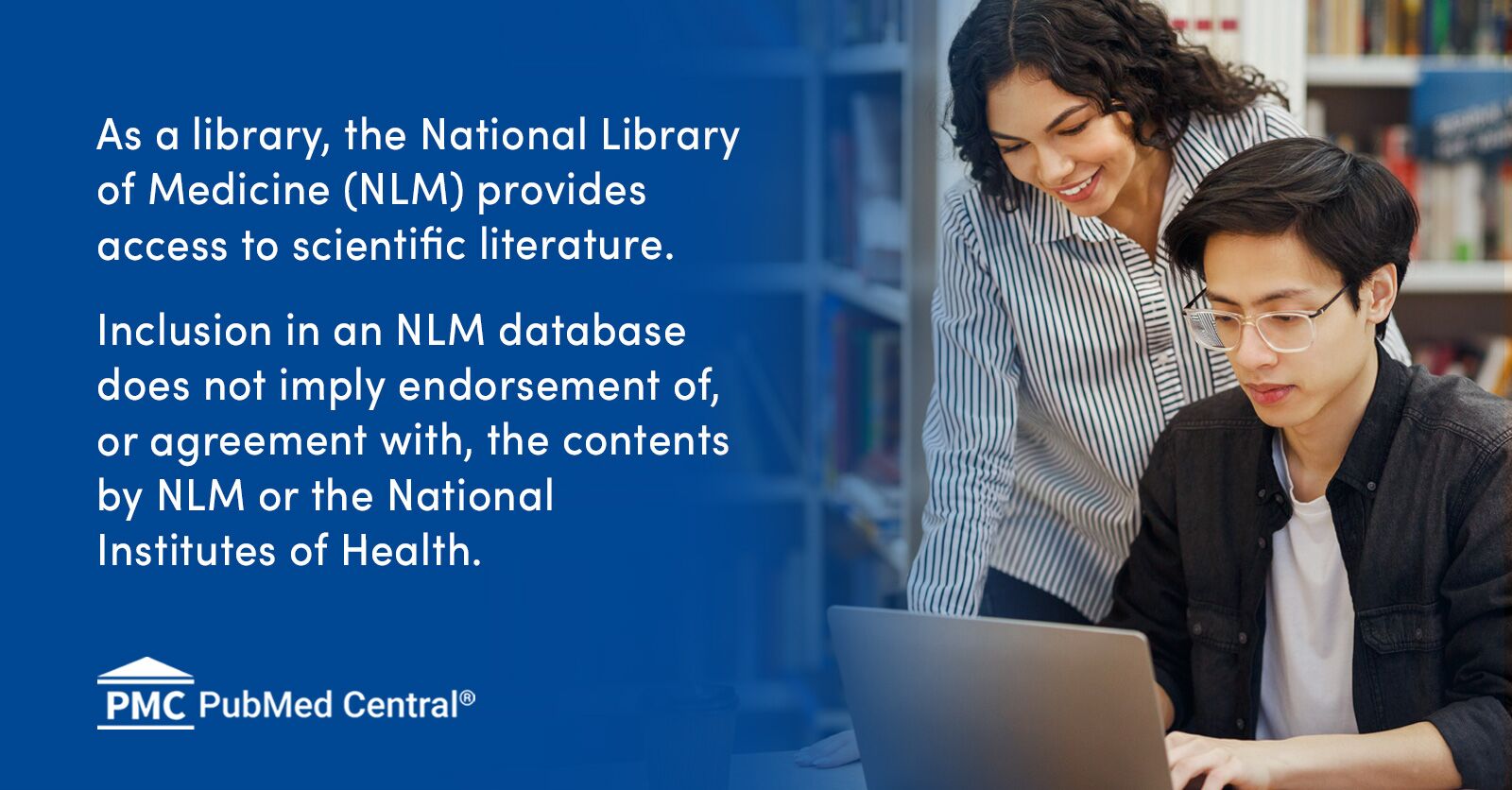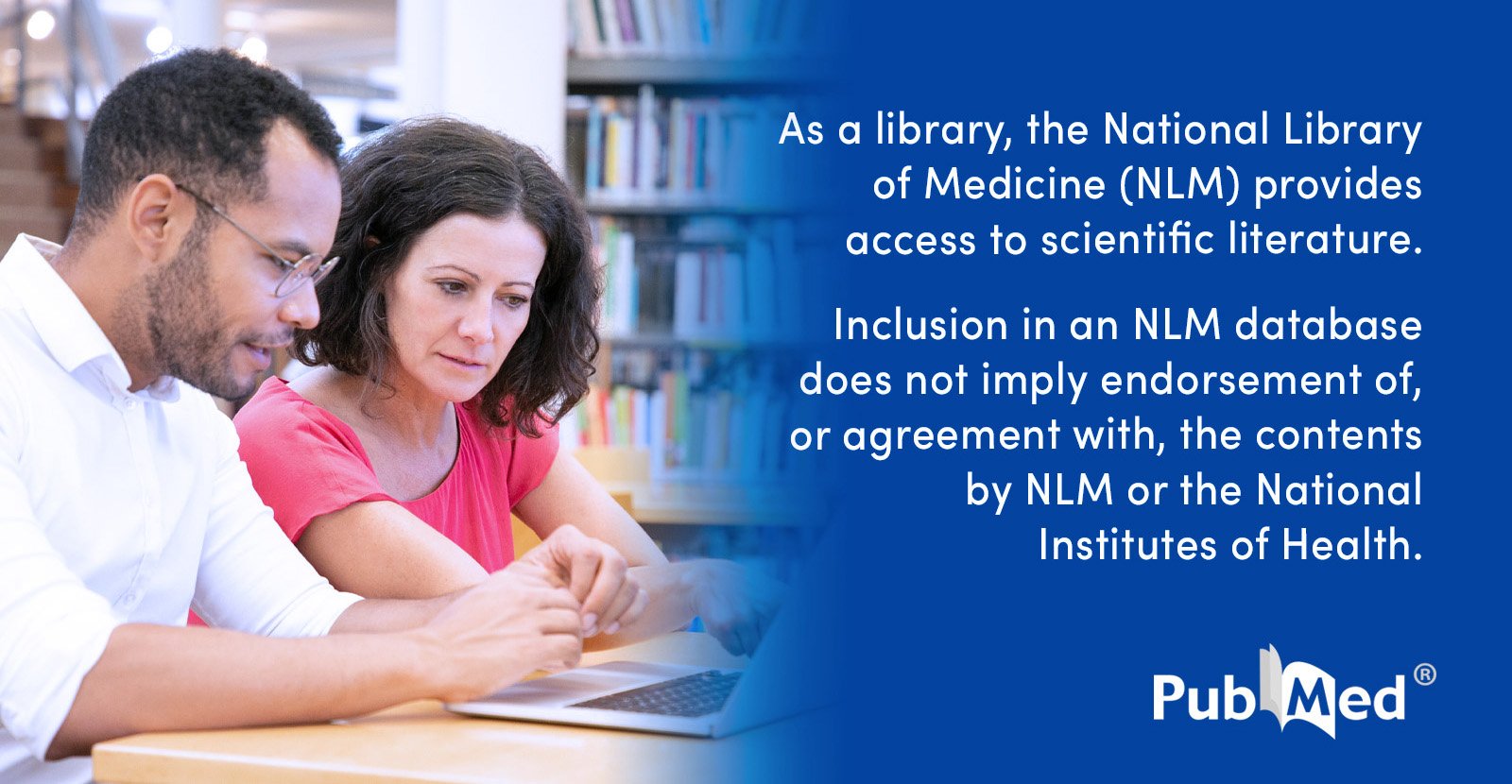if you dont think that "people coddled by you democrats" dont work, you again demonstrate you do not know how 2/3 of america lives.
42% of Medicaid recipients report that they are working, and 23% report that they have a disability. the majority of the remainder are caretakers of dependent children.
and once and for all, i am not democrat, have never been a registered democrat.
your post was just political biased mumbo jumbo that has been rehashed on multiple political threads. this one is on regenerative medicine. drusso
needs his forum thread...
"This study will provide the first scientifically based data on whether health disparities exist among patients seeking next-generation regenerative interventions such as platelet-rich plasma," says Dr. Master. "The results will give us the unique opportunity to identify factors that are creating barriers to regenerative care and proactively address ways to overcome them."
Here's a summary of the differences in costs:
- ACL Reconstruction:
- The study on pediatric ACL reconstruction found significant cost variability, with prices ranging from approximately $25,207 to $41,812. The average cost was $29,590, with top-ranked hospitals generally charging more than non-top-ranked hospitals. Additionally, obtaining price estimates was challenging, with only 30.3% of hospitals providing complete price information. Self-pay discounts were available in some cases, potentially reducing costs significantly.
- Knee Arthroplasty:
- The study analyzing total joint arthroplasty (including knee arthroplasty) revealed a wide range of costs. The median price for a major hip or knee arthroplasty without complications was $68,016, with a range from $39,927 to $195,264. Revision procedures were even more expensive, with a median cost of $90,966 and a range from $58,967 to $247,715. The study found little correlation between procedure pricing and the cost of living or median income in the hospital's location.
- PRP Injections:
- PRP injections for knee osteoarthritis also showed substantial cost variability. The cost ranged from $350 to $2,815 per injection, with a median price of $800. The highest prices were found in the Northeast, and there was significant price variation even within metropolitan areas.
Clin Orthop Relat Res. 2024 Apr 1;482(4):675-684.
doi: 10.1097/CORR.0000000000002864. Epub 2023 Oct 9.
There Is Wide Variation in Platelet-rich Plasma Injection Pricing: A United States Nationwide Study of Top Orthopaedic Hospitals
Justin Tiao 1,
Kevin Wang 1,
Michael Herrera 1,
Renee Ren 1,
Ashley M Rosenberg 1,
Richawna Cassie 1,
Jashvant Poeran 1 2
Affiliations Expand
Abstract
Background: Demand for platelet-rich plasma (PRP) injections for osteoarthritis has dramatically increased in recent years despite conflicting evidence regarding its efficacy and highly variable pricing in the top orthopaedic centers in the United States, because PRP is typically not covered by insurance. A previous study investigating the mean price of PRP injections obtained information only from centers advertising online the availability of PRP injections. Thus, there is a need for further clarification of the overall availability and variability in cost of PRP injections in the orthopaedic community as well as an analysis of relevant regional demographic and hospital characteristics that could be associated with PRP pricing.
Questions/purposes: Our study purposes were to (1) report the availability and price variation of knee PRP injections at top-ranked United States orthopaedic centers, (2) characterize the availability of pricing information for a PRP injection over the telephone, (3) determine whether hospital characteristics (Orthopaedic Score [ U . S. News & World Report measure of hospital orthopaedic department performance], size, teaching status, and rural-urban status) were associated with PRP injection availability and pricing, and (4) characterize the price variation, if it exists, of PRP injections in three metropolitan areas and individual institutions.
Methods: In this prospective study, a scripted telephone call to publicly listed clinic telephone numbers was used to determine the availability and price estimate (amount to be paid by the patient) of a PRP injection for knee osteoarthritis from the top 25 hospitals from each United States Census region selected from the U.S. News & World Report ranking of best hospitals for orthopaedics. Univariable analyses examined factors associated with PRP injection availability and willingness to disclose pricing, differences across regions, and the association between hospital characteristics (Orthopaedic Score, size, teaching status, and rural-urban status) and pricing. The Orthopaedic Score is a score assigned to each hospital by U . S. News & World Report as a measure of hospital performance based partly on patient outcomes, with higher scores indicating better outcomes.
Results: Overall, 87% (87 of 100) of respondents stated they offered PRP injections. Pricing ranged from USD 350 to USD 2815 (median USD 800) per injection, with the highest prices in the Northeast. The largest price range was in the Midwest, where more than two-thirds of PRP injections given at hospitals that disclosed pricing cost USD 500 to USD 1000. Of the hospitals that offered PRP injections, 68% (59 of 87) were willing to disclose price information over the telephone. PRP injection pricing was inversely correlated with hospital Orthopaedic Score (-3% price change [95% CI -5% to -1%]; p = 0.01) and not associated with any of the other hospital characteristics that were studied, such as patient population median income and total hospital expenses. An intracity analysis revealed wide variations in PRP pricing in all metropolitan areas that were analyzed, ranging from a minimum of USD 300 within 10 miles of metropolitan area B to a maximum of USD 1269 within 20 miles of metropolitan area C.
Conclusion: We found that although PRP injections are widely available, pricing continues to be a substantial financial burden on patients, with large price variability among institutions. We also found that if patients are willing to shop around in a metropolitan area, there is potential to save a meaningful amount of money.
Clinical relevance: As public interest in biologics in orthopaedic surgery increases, knowledge of its pricing should be clarified to consumers. The debated efficacy of PRP injections, combined with our findings that it is an expensive out-of-pocket procedure, suggests that PRP has limited cost-effectiveness, with variable, discrete pricing. As such, the price of PRP injections should be clearly disclosed to patients so they can make informed healthcare decisions.
Copyright © 2023 by the Association of Bone and Joint Surgeons.
Sports Health. 2020 Jan/Feb;12(1):94-98.
doi: 10.1177/1941738119880256. Epub 2019 Oct 30.
The Cost Variability of Orthobiologics
Amit Mukesh Momaya 1,
Andrew Sullivan McGee 1,
Alexander R Dombrowsky 1,
Alan Joshua Wild 2,
Naqeeb M Faroqui 3,
Raymond P Waldrop 1,
Jun Kit He 1,
Eugene W Brabston 1,
Brent Andrew Ponce 1
Affiliations Expand
Abstract
Background: Mixed results exist regarding the benefit of orthobiologic injections. The purpose of this study was to assess the variability in costs for platelet-rich plasma (PRP) and stem cell (SC) injections and evaluate for variables that influence pricing.
Hypothesis: There will be significant variability in the cost of PRP and SC injections throughout the United States.
Study design: Descriptive epidemiology study.
Level of evidence: Level 3.
Methods: Calls were made to 1345 orthopaedic sports medicine practices across the United States inquiring into the availability of PRP or SC knee injections and associated costs. In addition to pricing, the practice type, number of providers, and population and income demographics were recorded. Univariate statistical analyses were used to identify differences in availability and cost between variables.
Results: Of the contacted offices that provided information on both PRP and SC availability (n = 1325), 268 (20.2%) offered both treatments, 550 (41.5%) offered only PRP injections, 20 (1.5%) offered only SC injections, and 487 (36.8%) did not offer either treatment. The mean ± SD cost of a PRP injection was $707 ± $388 (range, $175-$4973), and the mean cost of an SC injection was $2728 ± $1584 (range, $300-$12,000). Practices offering PRP and SC injections tended to be larger (PRP, 12.0 physicians per practice vs. 8.1 [
P < 0.001]; SC, 13.6 vs 9.7 [
P < 0.001]). Practices that offered PRP injections were located in areas with higher median household income (
P = 0.047). Variables associated with higher cost of PRP injections included city population (
P < 0.001) and median income of residents (
P < 0.001).
Conclusion: While the majority of sports medicine practices across the United States offer some type of orthobiologic injection, there exists significant variability in the cost of these injections.
Clinical relevance: This study demonstrates the significant variability in costs of orthobiologic injections throughout the country, which will allow sports medicine physicians to appreciate the value of these injections when counseling patients on available treatment options.
Keywords: cost; injections; orthobiologics; platelet-rich plasma; variability.
J Pediatr Orthop. 2022 Nov-Dec;42(10):614-620.
doi: 10.1097/BPO.0000000000002254. Epub 2022 Aug 25.
How Much Will My Child's ACL Reconstruction Cost? Availability and Variability of Price Estimates for Anterior Cruciate Ligament Reconstruction in the United States
Julianna Lee 1,
Ryan H Guzek,
Neal S Shah,
J Todd R Lawrence,
Theodore J Ganley,
Apurva S Shah
Affiliations Expand
Abstract
Background: Despite recent policy efforts to increase price transparency, obtaining estimated prices for surgery remains difficult for most patients and families.
Purpose: Assess availability and variability of cost and self-pay discounts for pediatric anterior cruciate ligament (ACL) reconstruction in the United States.
Methods: This was a prospective study using scripted telephone calls to obtain price estimates and self-pay discounts for pediatric ACL reconstruction. From July to August 2020, investigators called 102 hospitals, 51 "top-ranked" pediatric orthopaedic hospitals and 51 "non-top ranked" hospitals randomly selected, to impersonate the parent of an uninsured child with a torn ACL. Hospital, surgeon, and anesthesia price estimates, availability of a self-pay discount, and number of calls and days required to obtain price estimates were recorded for each hospital. Hospitals were compared on the basis of ranking, teaching status, and region.
Results: Only 31/102 (30.3%) hospitals provided a complete price estimate. Overall, 52.9% of top-ranked hospitals were unable to provide any price information versus 31.4% of non-top-ranked hospitals ( P =0.027). There was a 6.1-fold difference between the lowest and highest complete price estimates (mean estimate $29,590, SD $14,975). The mean complete price estimate for top-ranked hospitals was higher than for non-top-ranked hospitals ($34,901 vs. $25,207; P =0.07). The mean complete price estimate varied significantly across US region ( P =0.014), with the greatest mean complete price in the Northeast ($41,812). Altogether, 38.2% hospitals specified a self-pay discount, but only a fraction disclosed exact dollar or percentage discounts. The mean self-pay discount from top-ranked hospitals was larger than that of non-top-ranked hospitals ($18,305 vs. $9902; P =0.011). An average of 3.1 calls (range 1.0 to 12.0) over 5 days (range 1 to 23) were needed to obtain price estimates.
Conclusion: Price estimates for pediatric sports medicine procedures can be challenging to obtain, even for the educated consumer. Top-ranked hospitals and hospitals in the Northeast region may charge more than their counterparts. In all areas, self-pay discounts can be substantial if they can be identified but they potentially create an information disadvantage for unaware patients needing to pay out-of-pocket.
Study design: Economic; Level of Evidence II.
J Am Acad Orthop Surg Glob Res Rev. 2023 Sep 7;7(9):e23.00052.
doi: 10.5435/JAAOSGlobal-D-23-00052. eCollection 2023 Sep 1.
Large Variation in Listed Chargemaster Price for Total Joint Arthroplasty Among Top Orthopaedic Hospitals in the United States
Jordan R Pollock 1,
Matthew K Doan,
M Lane Moore,
Jack M Haglin,
Jaymeson R Arthur,
David G Deckey,
Karan A Patel,
Joshua S Bingham
Affiliations Expand
Abstract
Background: Chargemasters are lists of all services offered by a hospital and their associated cost. This study analyzes chargemaster data to determine price differences among different hospitals for total joint arthroplasty.
Methods: In May 2020, the chargemaster data for highly rated orthopaedic hospitals were accessed, and the diagnostic-related group (DRG) codes related to primary and revision total joint arthroplasty were analyzed (DRGs 466, 467, 468, 469, and 470). The prices listed for each hospital were averaged, and descriptive statistics were calculated. Furthermore, Medicare reimbursement was collected. A subanalysis was performed to determine relationships between geographic and demographic information.
Results: The median price for a major hip or knee joint arthroplasty without complications was $68,016 (range: $39,927 to $195,264). The median price of a revision of hip or knee arthroplasty without complications was $90,966 (range: $58,967 to $247,715). The cost of living in the city in which the hospitals are located was weakly correlated with procedure pricing, whereas the median income had no notable relationship to chargemaster pricing.
Conclusion: The published cost of DRG codes in arthroplasty is widely variable among the top 20 US orthopaedic hospitals, with little correlation to the cost of living or median income of the area.






